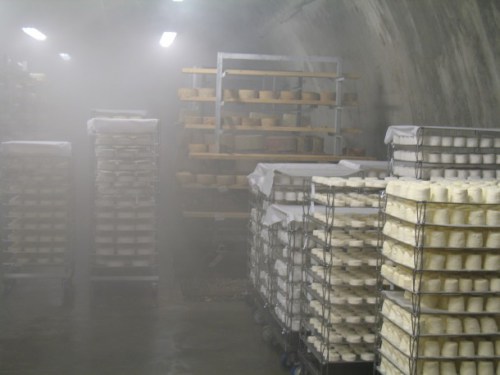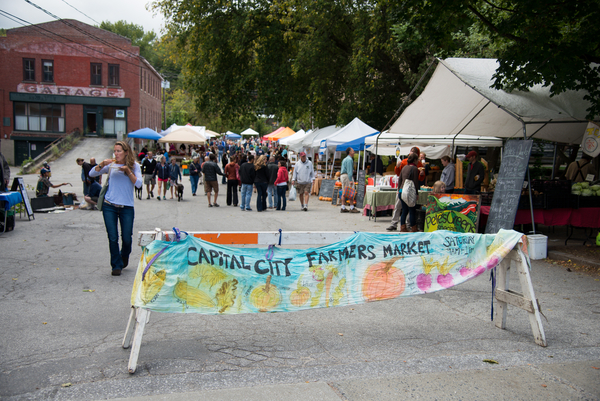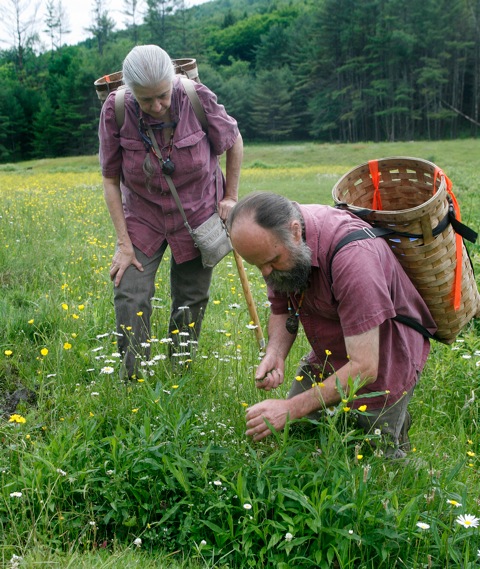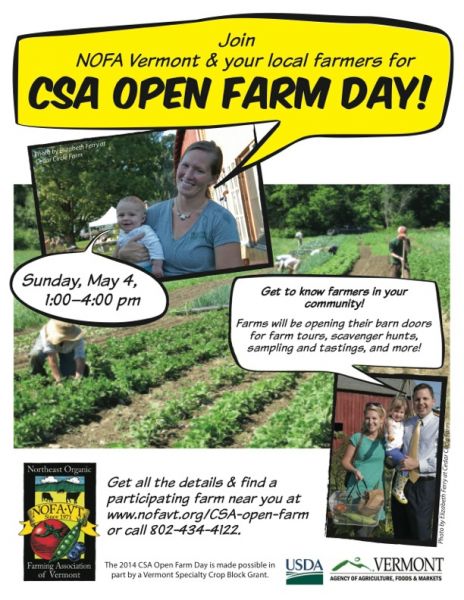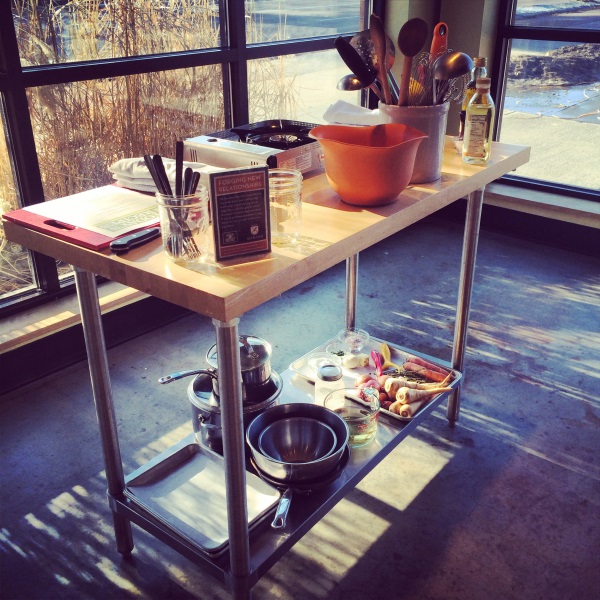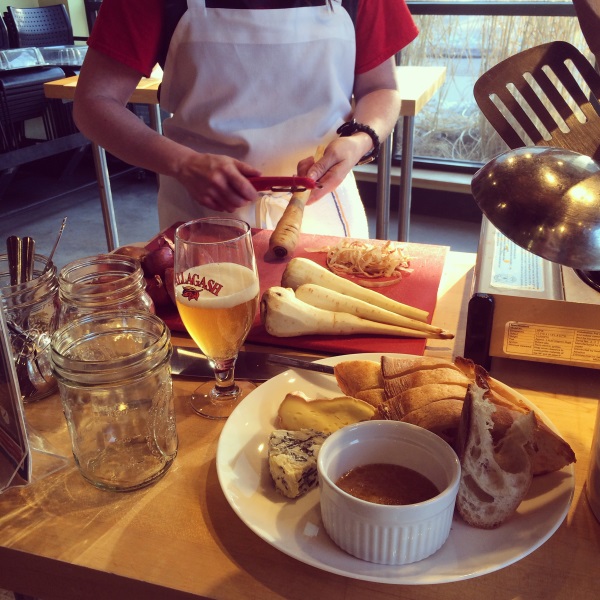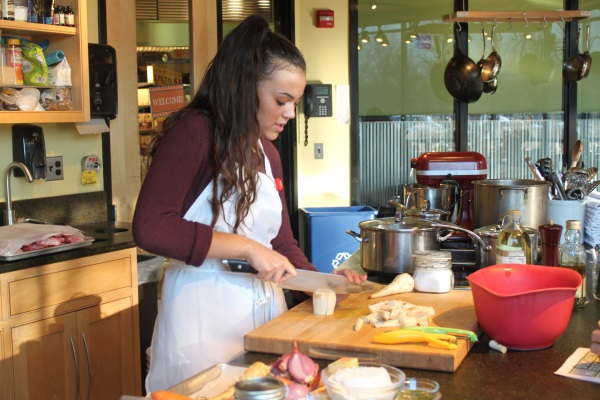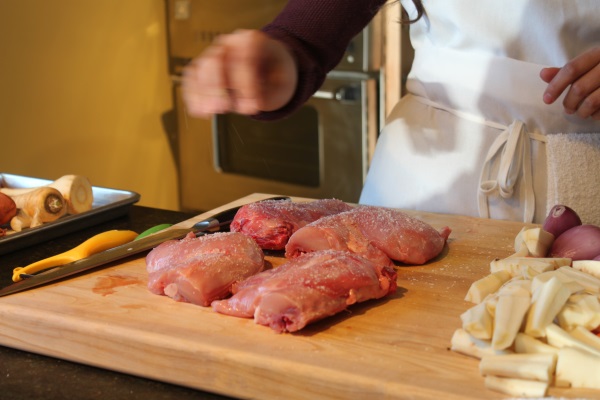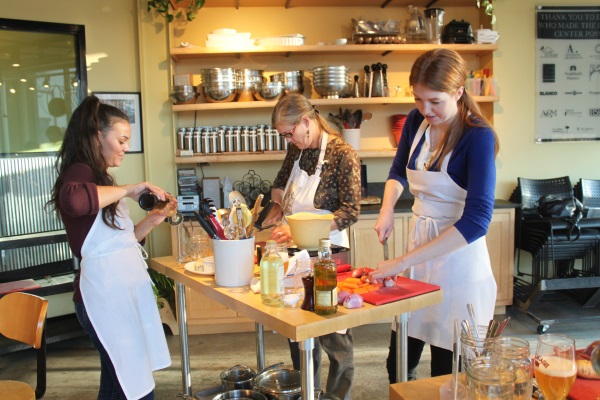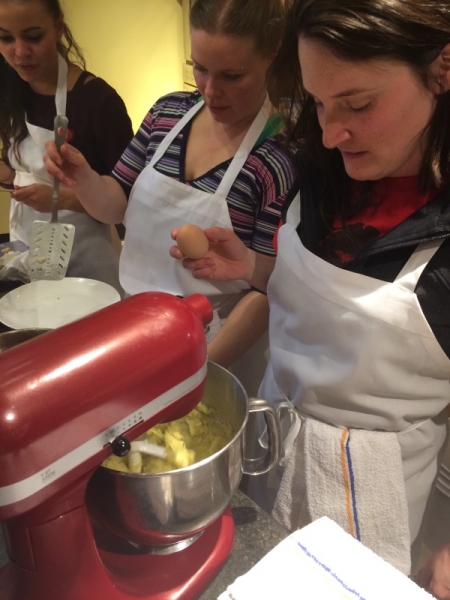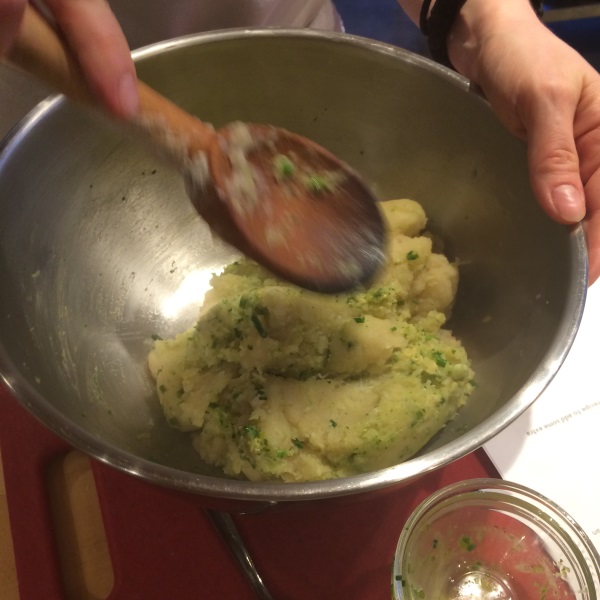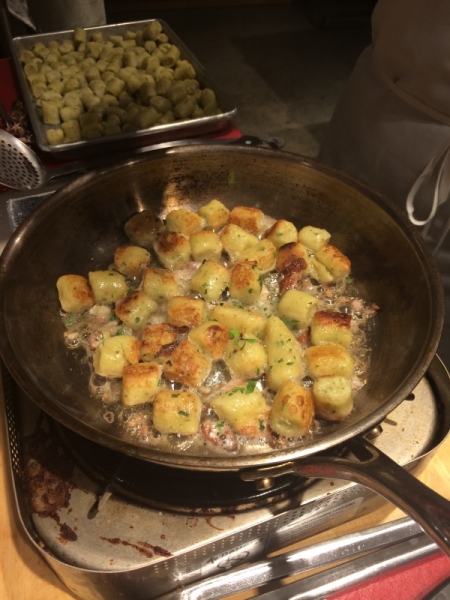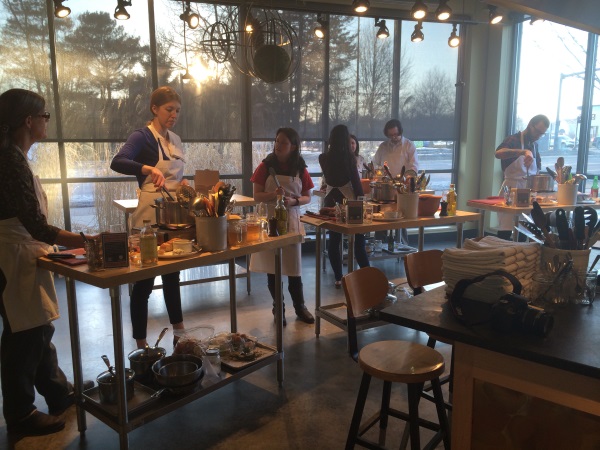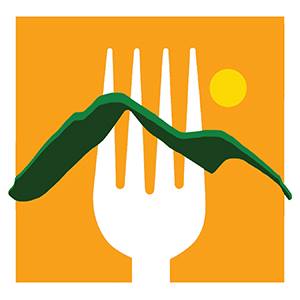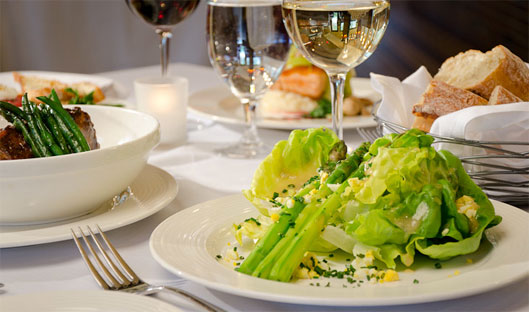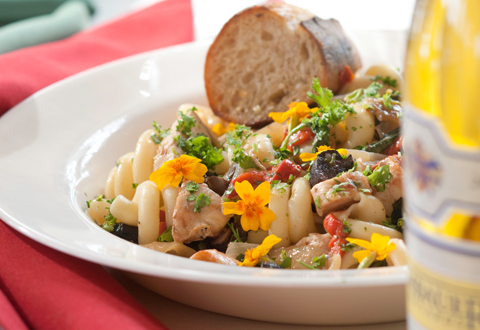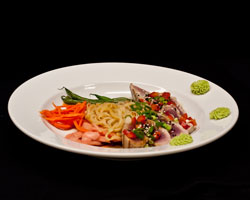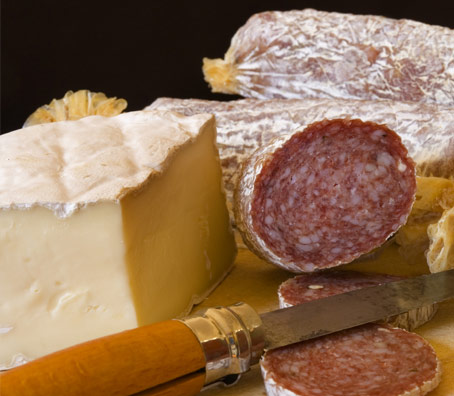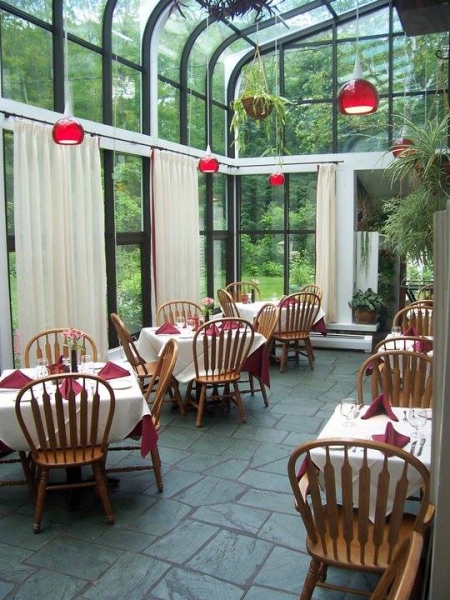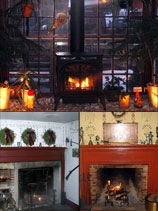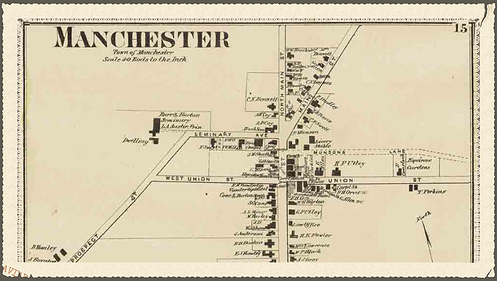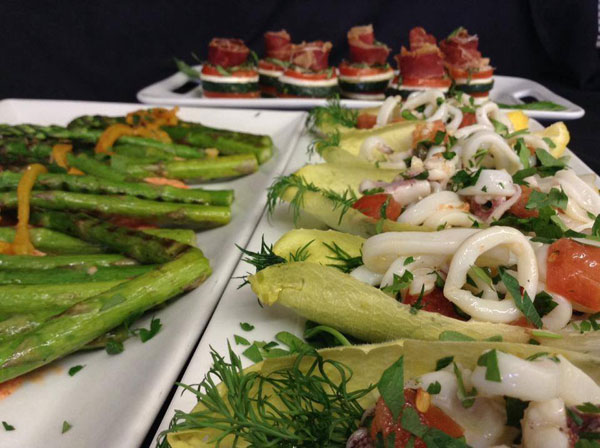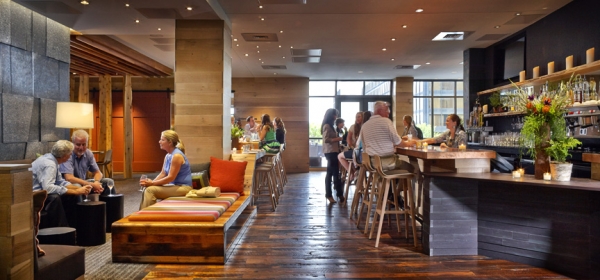This post was originally published on the Fromaggio Kitchen South End’s blog. Fromaggio Kitchen South End is a unique gourmet food shop located in Boston. What a wonderful description of a visit to the Cellars at Jasper Hill. Don’t miss the Cellars at Jasper Hill at the Vermont Cheesemakers Festival in July. Delicious!
Last month, I had the great opportunity to join two co-workers in a pilgrimage to the Cellars at Jasper Hill in Greensboro, Vermont. In previous posts, my colleagues have described the merits of Jasper Hill as the home of award-winning cheeses like Winnimere, as well as an innovative model for sustainable small-scale cheese production. Rather than repeat this much-deserved praise, I hope to share a reflection on my brief time at Jasper Hill as a whirlwind of sights, smells, and of course tastes. The tag line of Jasper Hill is, “A Taste of Place” and thus I will try my best to give you a little taste of my experience in this very unique place.
The first thing that struck me on our journey north was the transition from slushy city streets to smooth expanses of snow-covered fields. At the farm, the quiet pastures belie the busy hive of activity taking place in the Cellars below. My co-worker, Sarah, likes to compare the Cellars to Gringotts in the Harry Potter books and, like the fictional bank, it is easy to be overwhelmed by the scale and complexity of this underground world. The Cellars are divided into seven vaults, each kept at the temperature and humidity level appropriate to the styles of cheese they contain. The heavy sliding doors at the entrance to each vault give way to row upon row of shelves laden with cheeses at different ages, all carefully tended to bring them to their full potential.
Each vault offers a different set of sensory delights. I couldn’t help noticing the range in the colors of the rinds, from the rough, flinty exteriors of Cabot Clothbound Cheddar to the rosy, peachy hues of Alpha Tolman. Meanwhile, patches of salt glittered from the encrusted rinds of freshly made Bayley Hazen Blue, and my eyes feasted on the nooks and crannies on the surface of miniature Moses Sleepers washed in cider lees. By far my favorite moment was in the bloomy rind vault, where we could see the evolution of Harbison over a short period of time. Harbison is one of my favorite Jasper Hill cheeses, in part due to the strip of spruce bark wrapped around the edge. The paste of the youngest cheeses looked like golden butter-cream frosting — fit to bursting and barely held in place by the beautiful, chocolate brown bark. I could imagine it in the window of a Parisian patisserie. As we walked down the aisle to older batches, we could see fuzzy white mold like cotton balls beginning to cover the paste and give the bark a slightly mottled look. It was a beautiful and mouth-watering depiction of the aging process that Jasper Hill puts such care into fostering.
Of course, smell is an important part of any cheese experience. In each vault I noticed distinct smells from both the cheese and its surrounding environment. In the cheddar vault, there was the smell of fresh wood shavings, earth, and something like a freshly cleaned stable – perhaps the smell of hay warmed in the sun. In the bloomy rind vault, I detected a scent I can only describe as caramelized banana. In the washed rind vault, we were confronted by all the funky and unctuous smells associated with these lovably pungent cheeses: yeasty, fruity, with a hint of barnyard.
The primary goal of our trip to Jasper Hill was to taste Cabot Clothbound Cheddar and select the wheels we thought would best suit our customers. This led us to taste over ten batches ranging from seven to eleven months old. Since coming to Formaggio Kitchen I have begun to understand taste and the ability to describe it as a skill that must be studied and practiced. Jasper Hill is especially dedicated to developing a vocabulary to analyze the flavors of their cheese. Tasting so many wheels side-by-side was a great exercise in understanding the nuances that occur from batch to batch. Multiple senses are utilized in the tasting process: rolling the cheese in your fingers to note consistency, smelling it to activate your gusto-olfactory system, and finally resting it on your tongue to slowly release the flavors. As we tasted, I did my best to scribble down my colleagues’ words, which ranged from “toasted,” “caramel,” and “balanced,” to “green onion,” “mustard,” and “bendy.” In the end, we selected wheels at the older end of the spectrum with lovely sweet and savory notes.
I hope this post gives you a glimpse of the incredible experience it was for me to visit the Cellars. The folks at Jasper Hill are dedicated to creating products that speak to the landscape of rural Vermont. For a complete taste of this truly inspiring place, be sure to stop by one of our cheese counters!
Maarit Ostrow is a cheesemonger at Formaggio Kitchen South End and an aspiring cheesemaker.
Inside a Jasper Hill Vault
Last month, I had the great opportunity to join two co-workers in a pilgrimage to the Cellars at Jasper Hill in Greensboro, Vermont. In previous posts, my colleagues have described the merits of Jasper Hill as the home of award-winning cheeses like Winnimere, as well as an innovative model for sustainable small-scale cheese production. Rather than repeat this much-deserved praise, I hope to share a reflection on my brief time at Jasper Hill as a whirlwind of sights, smells, and of course tastes. The tag line of Jasper Hill is, “A Taste of Place” and thus I will try my best to give you a little taste of my experience in this very unique place.
The first thing that struck me on our journey north was the transition from slushy city streets to smooth expanses of snow-covered fields. At the farm, the quiet pastures belie the busy hive of activity taking place in the Cellars below. My co-worker, Sarah, likes to compare the Cellars to Gringotts in the Harry Potter books and, like the fictional bank, it is easy to be overwhelmed by the scale and complexity of this underground world. The Cellars are divided into seven vaults, each kept at the temperature and humidity level appropriate to the styles of cheese they contain. The heavy sliding doors at the entrance to each vault give way to row upon row of shelves laden with cheeses at different ages, all carefully tended to bring them to their full potential.

Cellars at Jasper Hill’s Harbison
Each vault offers a different set of sensory delights. I couldn’t help noticing the range in the colors of the rinds, from the rough, flinty exteriors of Cabot Clothbound Cheddar to the rosy, peachy hues of Alpha Tolman. Meanwhile, patches of salt glittered from the encrusted rinds of freshly made Bayley Hazen Blue, and my eyes feasted on the nooks and crannies on the surface of miniature Moses Sleepers washed in cider lees. By far my favorite moment was in the bloomy rind vault, where we could see the evolution of Harbison over a short period of time. Harbison is one of my favorite Jasper Hill cheeses, in part due to the strip of spruce bark wrapped around the edge. The paste of the youngest cheeses looked like golden butter-cream frosting — fit to bursting and barely held in place by the beautiful, chocolate brown bark. I could imagine it in the window of a Parisian patisserie. As we walked down the aisle to older batches, we could see fuzzy white mold like cotton balls beginning to cover the paste and give the bark a slightly mottled look. It was a beautiful and mouth-watering depiction of the aging process that Jasper Hill puts such care into fostering.
Of course, smell is an important part of any cheese experience. In each vault I noticed distinct smells from both the cheese and its surrounding environment. In the cheddar vault, there was the smell of fresh wood shavings, earth, and something like a freshly cleaned stable – perhaps the smell of hay warmed in the sun. In the bloomy rind vault, I detected a scent I can only describe as caramelized banana. In the washed rind vault, we were confronted by all the funky and unctuous smells associated with these lovably pungent cheeses: yeasty, fruity, with a hint of barnyard.

Cabot Clothbound Cheddar Aging in the Cellars
The primary goal of our trip to Jasper Hill was to taste Cabot Clothbound Cheddar and select the wheels we thought would best suit our customers. This led us to taste over ten batches ranging from seven to eleven months old. Since coming to Formaggio Kitchen I have begun to understand taste and the ability to describe it as a skill that must be studied and practiced. Jasper Hill is especially dedicated to developing a vocabulary to analyze the flavors of their cheese. Tasting so many wheels side-by-side was a great exercise in understanding the nuances that occur from batch to batch. Multiple senses are utilized in the tasting process: rolling the cheese in your fingers to note consistency, smelling it to activate your gusto-olfactory system, and finally resting it on your tongue to slowly release the flavors. As we tasted, I did my best to scribble down my colleagues’ words, which ranged from “toasted,” “caramel,” and “balanced,” to “green onion,” “mustard,” and “bendy.” In the end, we selected wheels at the older end of the spectrum with lovely sweet and savory notes.
I hope this post gives you a glimpse of the incredible experience it was for me to visit the Cellars. The folks at Jasper Hill are dedicated to creating products that speak to the landscape of rural Vermont. For a complete taste of this truly inspiring place, be sure to stop by one of our cheese counters!
Maarit Ostrow is a cheesemonger at Formaggio Kitchen South End and an aspiring cheesemaker.
Source: Dig in VT Trails

